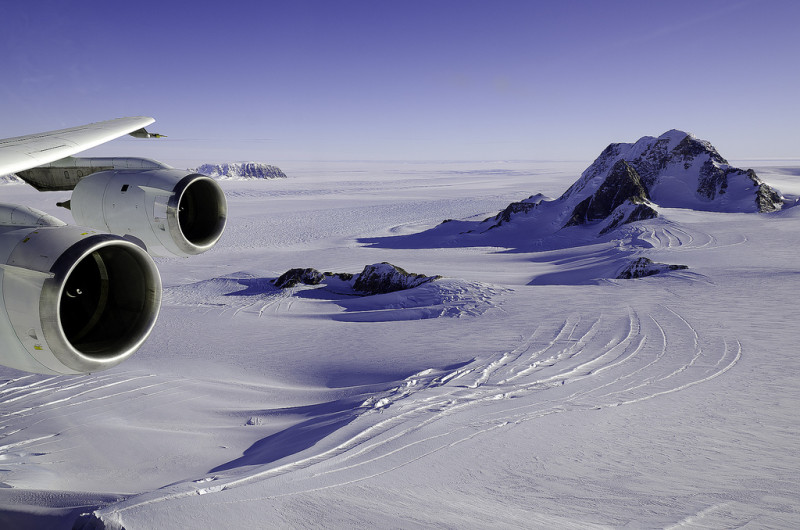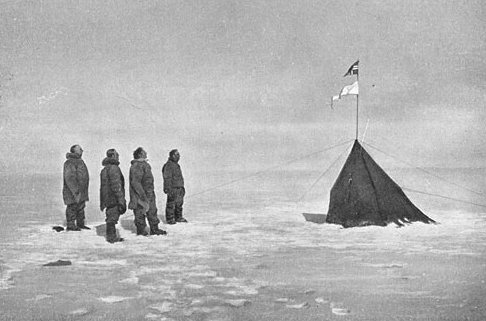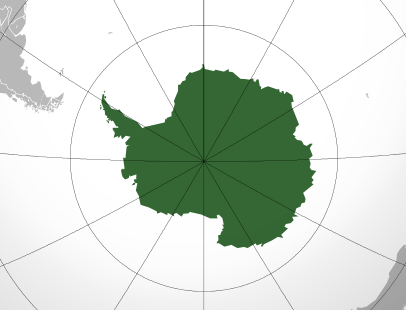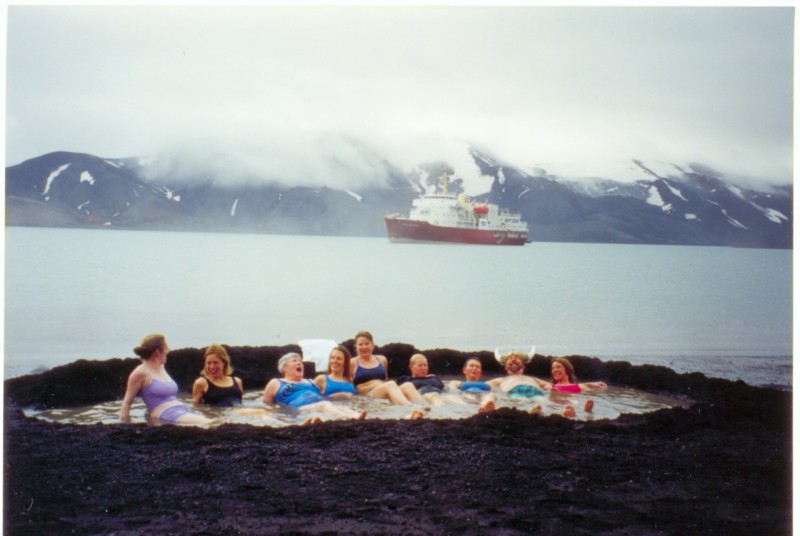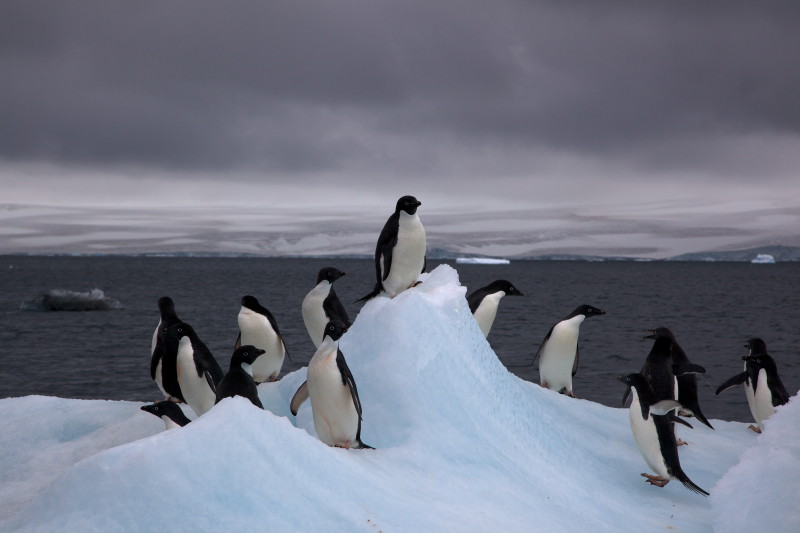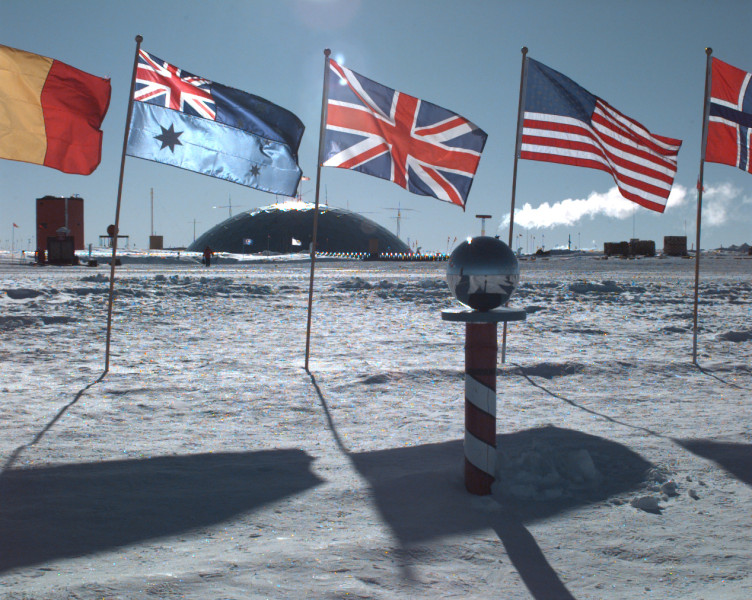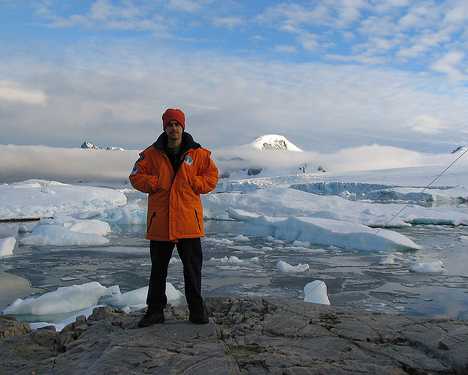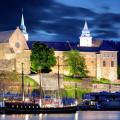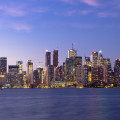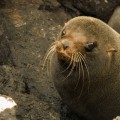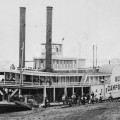Antarctica: Cruises to a Scientific Utopia
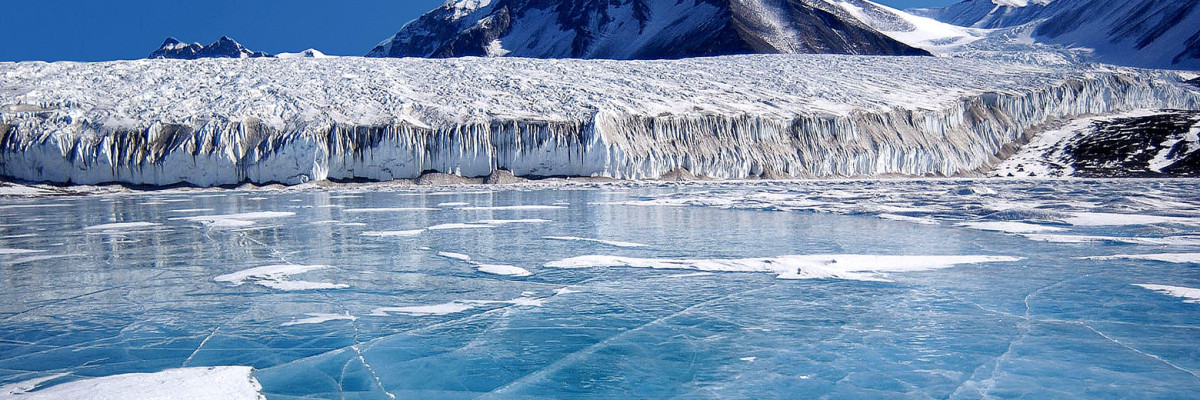
This week, we’re going to somewhere truly exotic, untouched by human hands. You won’t be able to stay in a hotel or eat in a restaurant here. There are no streets, and the only company you’ll find besides your traveling companions are research scientists and penguins.
Welcome to Antarctica.
A subject of fascination for explorers and scientists, and one of the most pristine places on the planet, Antarctica is difficult to get to, expensive, and the largest desert on Earth. Flights in are rare – landing on runways made of ice, snow, or gravel. Your best bet is an to take an Antarctica cruise and enjoy splitting your time on land and sea. Antarctica is wild, but it’s also incredibly beautiful.
The allure of this destination rests in its inaccessibility. The spirit of adventure drives travelers to aim for places like the South Pole and the South Pole of Inaccessibility (where you’ll find a fascinating, abandoned Soviet-era research base with a gold bust of Lenin and a guest book you can sign).
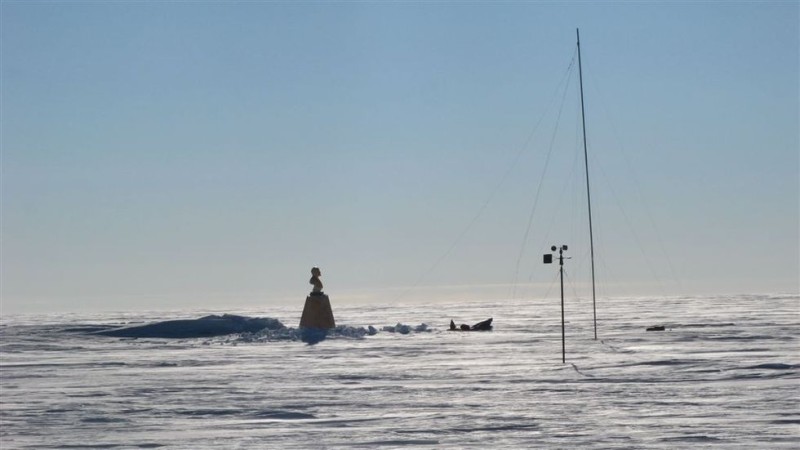
The Southern Pole of Inaccessibility is the most remote place on Earth, and has a statue of Vladimir Lenin on it. Photo via wikipedia.
Because most people aren’t up for a trek across the Antarctic with ponies, dogs, or even on foot, we’re just going to operate on the assumption that you plan on taking a cruise…
Expeditions to Antarctica
The Ancient Greeks thought there might be a place at the bottom of the world, but it wasn’t until 1820 that man set foot on Antarctica. Voyages to get here were very dangerous for early explorers. The cold temperatures and lack of plants and game meant that starvation and hypothermia were a constant danger. Bitter winds and extreme temperature changes made the challenge greater. But for the true adventurer, those dangers weren’t a problem – they were a lure.
During the Heroic Age of Antarctic Exploration in the late 1800s and early 1900s, teams of explorers from around the globe raced to reach the South Pole and claim the title as the first to arrive. A team of Belgian explorers were the first to spend winter in the Antarctic in 1899, although not by choice. By the end of their trip, several of the men on the team went crazy.
A team led by T. W. Edgeworth David was the first to reach the South Magnetic Pole. The South Pole itself was another story, however. Two explorers, Amundsen and Scott (as seen on our Oslo episode), led competing teams in a race to the pole. Amundsen’s team won, arriving on the 14th of December 1911. Scott’s team arrived on January 17th, 1912 – just 33 days later. Unfortunately, Scott and his entire team died on their way home.
Amundsen sailed to the North and South poles on the legendary ship the Fram (see it in Oslo). Today, you can make your way across the same waters explorers traveled in an Antarctica cruise boat. The hulls are reinforced with steel, but unlike icebreakers that have rounded bottoms, these boats have a triangular hull that handles the rough sea of the Antarctic Circle with less difficulty. Luckily, modern cruises to Antarctica are relatively safe.
So Who Owns Antarctica, Anyways?
For most of world history, expeditions led to ownership by colonization. That’s not the case with Antarctica, however. In fact, in some ways it’s a scientists’ Utopia. Despite numerous countries claiming slices of the Antarctic pie, a global treaty was signed by the 9 major countries with interests in the continent in 1959. It went into effect in 1961, making the entire Antarctic a scientific preserve, barring military involvement, and making scientific investigations a priority. The treaty was also the first arms control agreement in the Cold War! Today, it has 50 signatories and is a symbol of international cooperation, despite recent rekindled Cold War issues.
What to Do on an Antarctica Cruise
If you make it to the Antarctic Circle and are looking for something to do, brace yourself. You’ll have to cross through some of the planet’s wildest winds and choppiest waters – both at near hurricane force – in order to make it to the continent itself (Mid-size boats are your best option for getting to the island; large cruise ships can’t dock, and small boats will leave you terribly seasick.)
If you’re coming from South America, you’re probably heading to the Antarctic Peninsula or some of the many islands on either side of it. The views are impressive, but the attractions you’re going to see when you land are even better.
Hot Springs
Bet you weren’t expecting hot springs in the Antarctic. Surprise! Located on Deception Island, one of the South Shetland Islands off the coast of Antarctica, hot springs are one of the most popular tourist attractions here. Temperatures on Deception Island can reach as high as 104 degrees Fahrenheit in volcanic areas, and water temperatures here come close to 70 degrees Fahrenheit. Tours to the island may take you to the ruins of an old whaling station, a destroyed British base, or for a relaxing bath in a volcanically heated natural pool.
Penguins
Chinstrap, Gentoo, Adelie, and Emperor Penguins are just a few of the species that inhabit Antarctica. Unused to mankind, they’re not bashful in the least. Many are even curious, and will wander up to tourists to see what the fuss is about. Penguins are one of the biggest tourist draws in Antarctica, but also tend to be a little smelly and very noisy.
Some tour packages to the continent include detours to penguin mating grounds, where views of colonies as large as 20,000 birds are common. There’s some debate about these tours – Antarctica’s beauty is partially the result of its isolation from man. Penguins are inquisitive because they have no natural land enemies. Some biologists are afraid of the impact that tourists may have. The legit tours that operate in the Antarctic are part of the International Association of Antarctic Tour Operators, and voluntarily limit the number of people, amount of time, and areas that their tours operate in!
Science Bases
The only people allowed to stay on Antarctica for more than the occasional sleep over are scientists and their support staff. There are dozens of bases across the continent where scientists study everything from climate to microbiology. If you really want to check out what life is like near the South Pole, try applying to work at one of the science bases. Tourists aren’t allowed, but artists, writers, scientists, and support staff are welcome.
Tourists often stop by science bases on their trip. You can learn about the Antarctic continent and the scientific research being conducted at the bases. Your boat probably has a library devoted to the subject, too. Take a look.
Camping
Feel like spending a night under a pristine sky of amazing, crystal-clear stars? Only a few tour companies or Antarctica cruise lines offer this option, but if you’re lucky, you’ll be able to spend a few nights sleeping on the Antarctic continent.
Other Things to Do and See
Antarctica offers a wide range of outdoors activities, from hiking and mountain climbing to helicopter tours over remote regions on the continent. It’s a landscape whose beauty is only matched by its reputation as one of the most challenging places on Earth. Zodiac cruises can help you get a closer look at some of the drastic ice and snow formations in Antarctica. Some tour operators may let you fly a drone over the continent, too.
When to take an Antarctica Cruise
The trip to the southernmost region of the world is not cheap or easy. You’ll need at least $4,000, if not more, for the voyage. Once you’ve got the cash, start planning. Trips to this remote continent usually leave from Argentina, although a few also sail from Australia, New Zealand, Uruguay, and South Africa. Antarctica cruises that leave from South America offer the most impressive sights and interesting tourist activities.
You might think that a trip to Antarctica wouldn’t be on many people’s radar. You’d be surprised – in 2014, more than 37,000 people visited the continent. A stable population of 1-4,000 research scientists aren’t counted in that number. Not bad for the coldest place on the planet.
Plan ahead. Antarctica cruises are popular, and fill up fast. Tourists are only allowed to visit between November and March, and the best wildlife viewings take place in November and December. Plan your trip a year in advance to make sure you can secure a spot.
When you get there, send me an email. It’s on my list of places to see, and I’d love to hear about your experiences!
Did You Know? Emilio Marcos de Palma was born on the Esperanza Base on the Antarctic Peninsula, and is considered the first native Antarctican.




